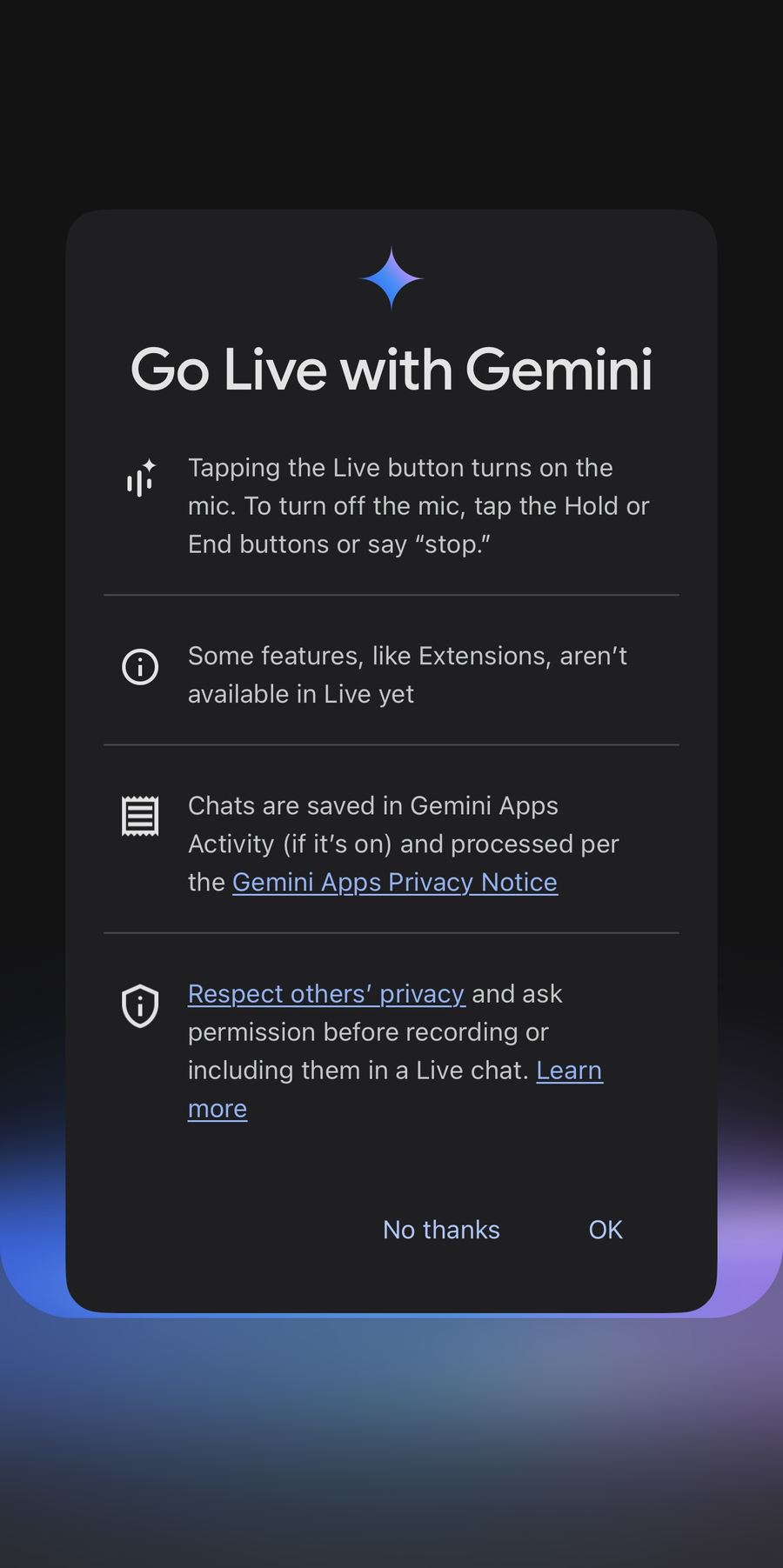1.环境配置
1.1 配置基础环境
这里以在 Intern Studio 服务器上部署 LlamaIndex 为例。
首先,打开 Intern Studio 界面,点击 创建开发机 配置开发机系统

填写 开发机名称 后,点击 选择镜像 使用 Cuda11.7-conda 镜像,然后在资源配置中,使用 30% A100 * 1 的选项,然后立即创建开发机器。

进入开发机后,创建新的 conda 环境,命名为 llamaindex,在命令行模式下运行:



运行 cond
a 命令,激活 llamaindex 1
conda activate llamaindex1然后安装 python 相关基础依赖包:
pip install einops==0.7.0 protobuf==5.26.1
1.2安装 Llamaindex 与 Pytorch
安装 Llamaindex 和相关的包:
conda activate llamaindex
pip install llama-index==0.10.38 llama-index-llms-huggingface==0.2.0 "transformers[torch]==4.41.1" "huggingface_hub[inference]==0.23.1" huggingface_hub==0.23.1 sentence-transformers==2.7.0 sentencepiece==0.2.0在这一步请确定llama-index-embeddings-huggingface安装成功
如果存在not found错误,请重新安装
# pip install llama-index-embeddings-huggingface==0.2.0
确保 huggingface_hub==0.23.1 ![]()
安装 LlamaIndex 词嵌入向量依赖:
pip install llama-index-embeddings-huggingface==0.2.0 llama-index-embeddings-instructor==0.1.3
最后再安装 Pytorch:
conda install pytorch==2.0.1 torchvision==0.15.2 torchaudio==2.0.2 pytorch-cuda=11.7 -c pytorch -c nvidia安装完成后,验证 Pytorch 是否正确安装并使用了指定的 CUDA 版本
import torch
print(torch.__version__) # 应输出类似 '2.0.1'
print(torch.version.cuda) # 应输出 '11.7'
print(torch.cuda.is_available())# 应输出 True 
1.3 下载 Sentence Transformer 模型
源词向量模型 Sentence Transformer:(我们也可以选用别的开源词向量模型来进行 Embedding,目前选用这个模型是相对轻量、支持中文且效果较好的,同学们可以自由尝试别的开源词向量模型) 运行以下指令,新建一个 python 文件
cd ~
mkdir llamaindex_demo
mkdir model
cd ~/llamaindex_demo
touch download_hf.py打开download_hf.py 贴入以下代码
import os# 设置环境变量
os.environ['HF_ENDPOINT'] = 'https://hf-mirror.com'# 下载模型
os.system('huggingface-cli download --resume-download sentence-transformers/paraphrase-multilingual-MiniLM-L12-v2 --local-dir /root/model/sentence-transformer')然后,在 /root/llamaindex_demo 目录下执行该脚本即可自动开始下载:
cd /root/llamaindex_demo
conda activate llamaindex
python download_hf.py 
1.4 下载 NLTK 相关资源
我们在使用开源词向量模型构建开源词向量的时候,需要用到第三方库 nltk 的一些资源。正常情况下,其会自动从互联网上下载,但可能由于网络原因会导致下载中断,此处我们可以从国内仓库镜像地址下载相关资源,保存到服务器上。 我们用以下命令下载 nltk 资源并解压到服务器上:
cd /root
git clone https://gitee.com/yzy0612/nltk_data.git --branch gh-pages
cd nltk_data
mv packages/* ./
cd tokenizers
unzip punkt.zip
cd ../taggers
unzip averaged_perceptron_tagger.zip 

2. LlamaIndex HuggingFaceLLM
运行以下指令,把 InternLM2 1.8B 软连接出来
cd ~/model
ln -s /root/share/new_models/Shanghai_AI_Laboratory/internlm2-chat-1_8b/ ./
运行以下指令,新建一个 python 文件
cd ~/llamaindex_demo
touch llamaindex_internlm.py打开 llamaindex_internlm.py 贴入以下代码
from llama_index.llms.huggingface import HuggingFaceLLM
from llama_index.core.llms import ChatMessage
llm = HuggingFaceLLM(model_name="/root/model/internlm2-chat-1_8b",tokenizer_name="/root/model/internlm2-chat-1_8b",model_kwargs={"trust_remote_code":True},tokenizer_kwargs={"trust_remote_code":True}
)rsp = llm.chat(messages=[ChatMessage(content="xtuner是什么?")])
print(rsp)
之后运行
conda activate llamaindex
cd ~/llamaindex_demo/
python llamaindex_internlm.py
3. LlamaIndex RAG
运行以下命令,获取知识库
cd ~/llamaindex_demo
mkdir data
cd data
git clone https://github.com/InternLM/xtuner.git
mv xtuner/README_zh-CN.md ./运行以下指令,新建一个 python 文件
cd ~/llamaindex_demo
touch llamaindex_RAG.py 
打开llamaindex_RAG.py贴入以下代码
from llama_index.core import VectorStoreIndex, SimpleDirectoryReader, Settingsfrom llama_index.embeddings.huggingface import HuggingFaceEmbedding
from llama_index.llms.huggingface import HuggingFaceLLM#初始化一个HuggingFaceEmbedding对象,用于将文本转换为向量表示
embed_model = HuggingFaceEmbedding(
#指定了一个预训练的sentence-transformer模型的路径model_name="/root/model/sentence-transformer"
)
#将创建的嵌入模型赋值给全局设置的embed_model属性,
#这样在后续的索引构建过程中就会使用这个模型。
Settings.embed_model = embed_modelllm = HuggingFaceLLM(model_name="/root/model/internlm2-chat-1_8b",tokenizer_name="/root/model/internlm2-chat-1_8b",model_kwargs={"trust_remote_code":True},tokenizer_kwargs={"trust_remote_code":True}
)
#设置全局的llm属性,这样在索引查询时会使用这个模型。
Settings.llm = llm#从指定目录读取所有文档,并加载数据到内存中
documents = SimpleDirectoryReader("/root/llamaindex_demo/data").load_data()
#创建一个VectorStoreIndex,并使用之前加载的文档来构建索引。
# 此索引将文档转换为向量,并存储这些向量以便于快速检索。
index = VectorStoreIndex.from_documents(documents)
# 创建一个查询引擎,这个引擎可以接收查询并返回相关文档的响应。
query_engine = index.as_query_engine()
response = query_engine.query("xtuner是什么?")print(response)之后运行
conda activate llamaindex
cd ~/llamaindex_demo/
python llamaindex_RAG.py
4. LlamaIndex web
运行之前首先安装依赖
pip install streamlit==1.36.0
运行以下指令,新建一个 python 文件
cd ~/llamaindex_demo
touch app.py打开app.py贴入以下代码
import streamlit as st
from llama_index.core import VectorStoreIndex, SimpleDirectoryReader, Settings
from llama_index.embeddings.huggingface import HuggingFaceEmbedding
from llama_index.llms.huggingface import HuggingFaceLLMst.set_page_config(page_title="llama_index_demo", page_icon="🦜🔗")
st.title("llama_index_demo")# 初始化模型
@st.cache_resource
def init_models():embed_model = HuggingFaceEmbedding(model_name="/root/model/sentence-transformer")Settings.embed_model = embed_modelllm = HuggingFaceLLM(model_name="/root/model/internlm2-chat-1_8b",tokenizer_name="/root/model/internlm2-chat-1_8b",model_kwargs={"trust_remote_code": True},tokenizer_kwargs={"trust_remote_code": True})Settings.llm = llmdocuments = SimpleDirectoryReader("/root/llamaindex_demo/data").load_data()index = VectorStoreIndex.from_documents(documents)query_engine = index.as_query_engine()return query_engine# 检查是否需要初始化模型
if 'query_engine' not in st.session_state:st.session_state['query_engine'] = init_models()def greet2(question):response = st.session_state['query_engine'].query(question)return response# Store LLM generated responses
if "messages" not in st.session_state.keys():st.session_state.messages = [{"role": "assistant", "content": "你好,我是你的助手,有什么我可以帮助你的吗?"}]# Display or clear chat messages
for message in st.session_state.messages:with st.chat_message(message["role"]):st.write(message["content"])def clear_chat_history():st.session_state.messages = [{"role": "assistant", "content": "你好,我是你的助手,有什么我可以帮助你的吗?"}]st.sidebar.button('Clear Chat History', on_click=clear_chat_history)# Function for generating LLaMA2 response
def generate_llama_index_response(prompt_input):return greet2(prompt_input)# User-provided prompt
if prompt := st.chat_input():st.session_state.messages.append({"role": "user", "content": prompt})with st.chat_message("user"):st.write(prompt)# Gegenerate_llama_index_response last message is not from assistant
if st.session_state.messages[-1]["role"] != "assistant":with st.chat_message("assistant"):with st.spinner("Thinking..."):response = generate_llama_index_response(prompt)placeholder = st.empty()placeholder.markdown(response)message = {"role": "assistant", "content": response}st.session_state.messages.append(message)
之后运行
streamlit run app.py在powershell输入以下命令进行端口映射(端口号在开发机上查看):

ssh -p 端口号 root@ssh.intern-ai.org.cn -CNg -L 8501:127.0.0.1:8501 -o StrictHostKeyChecking=no 
然后在命令行点击,红框里的 url。













![[代码审计]宏*HCM最新文件上传漏洞分析复现](https://i-blog.csdnimg.cn/direct/9e67875c41dd44ff93a67191d8744acf.png)






